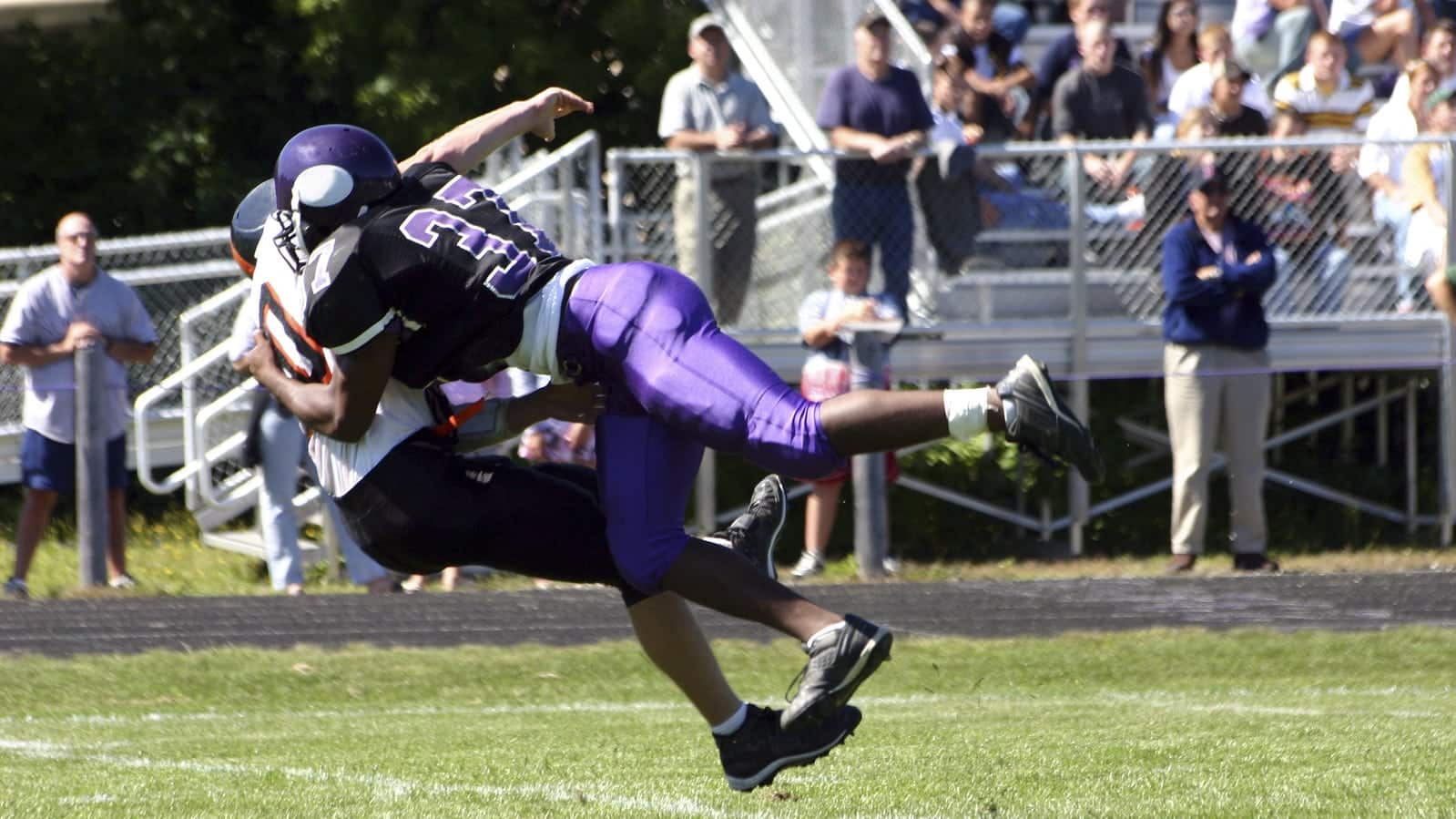Football season is in full swing, and hockey season is just around the corner. While this may be an exciting time for high school students, it can also be a dangerous time. Hockey and football rank highest in the number of physical injuries incurred by students. Head and neck injuries can be particularly troublesome because they may result in long-term problems. Every year, millions of children and teens receive medical treatment for sports-related injuries.
Even though the average injury may result in legal liability, high school sports cases are different. They are one of the few injury lawsuits that often get dismissed immediately. So, why is that?
High School Immunity and Sports Injuries
The vast majority of public schools in the United States are immune from lawsuits related to sports injuries. This is because they are considered part of the state or local government and have “sovereign immunity” within that structure. That is, they are immune from suit because they are a part of the government.
There are situations where a governmental unit has waived its immunity through statute or other law, but those circumstances are rare. A waiver may also only apply if the school or its employees were extremely careless or unsafe (referred to as “gross negligence”). That means that unless the coach or other school employee was essentially forcing your child into a dangerous situation, even the waiver of immunity might not be effective.
The Massachusetts Tort Claims Act makes coaches and other school employees immune from suit, but the school itself may be subject to a lawsuit.
Assumption of the Risk
Even if your school is not immune to lawsuits, schools often use another defense that applies to sporting events called “assumption of the risk.”
When your child participates in practice or a game, you likely realize that there is a possibility that he or she will be injured. Schools use this assumption to protect themselves from liability as well. The theory is that you knew and understood that there would be risks involved in the sport, but you allowed your child to participate regardless. They argue that this constitutes a waiver of the legal liability or an “assumption of the risk.”
Exceptions and Other Considerations
If the injury is directly related to sport, then it will likely fall under an “assumption of the risk” situation. However, there are situations where your child is injured due to something else other than the normal risks associated with the game.
For example, assume that your child’s football field has a large rock in it. The school may warn your child about the rock, but he trips over it and injures himself. The school could be liable for failing to remove a dangerous condition from the field. Even when you assume the risk of playing a sport, you also assume that the location will be an otherwise safe place to play.
You should also keep in mind that your child may be able to assert an injury lawsuit against another player, the maintenance company that takes care of the field, or other individuals or injuries.
Why Most High School Sports Lawsuits Fail
Immunity and the assumption of the risk defense keep schools fairly protected for sports injuries, which is why so many of these injury lawsuits fail. Contact Jim Glaser Law today at 781-689-2277 or fill out our online form to request a free case evaluation.

















